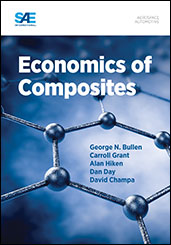Technical Paper
A New Design of Low Cost V-band Joint
2016-09-27
2016-01-2128
In this work we have proposed an interesting clamping solution of V-band which has an important industrial impact by reducing the cost and assembly process as well compare to the traditional V-band. The design what we are focusing for is applied for all size of turbochargers which helps to connect the hot components such as manifold and turbine housing. The cost for V-band is mainly from T-bolt. It is made from special stainless steel which represents 50% of the total cost. In this work it is proposed a new V-band joint by changing bolt clamping status from tension to compression. From tension to compression we change the bolt material from high cost steel to low cost steel. The new total cost is reduced by 40%. The prototype is made and performed in static tests including anti-rotating torque test and salt spray test. The new joint meets the design requirements at static condition. Further work will focus on the dynamic qualification and at high temperature as well.


